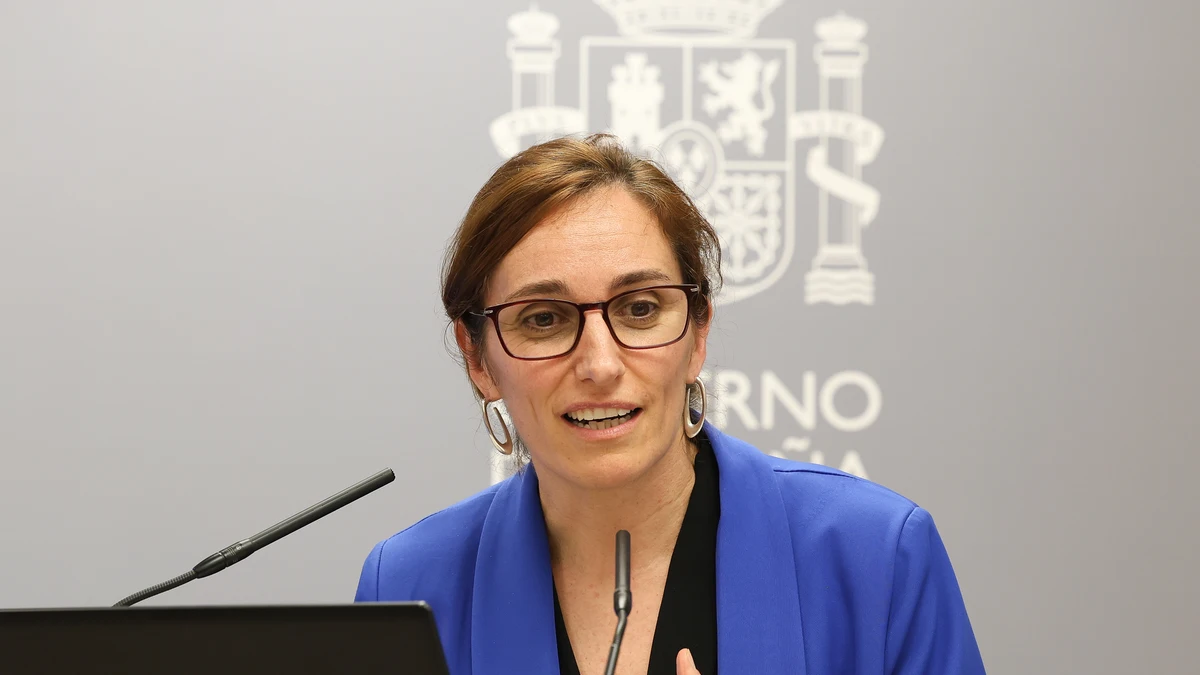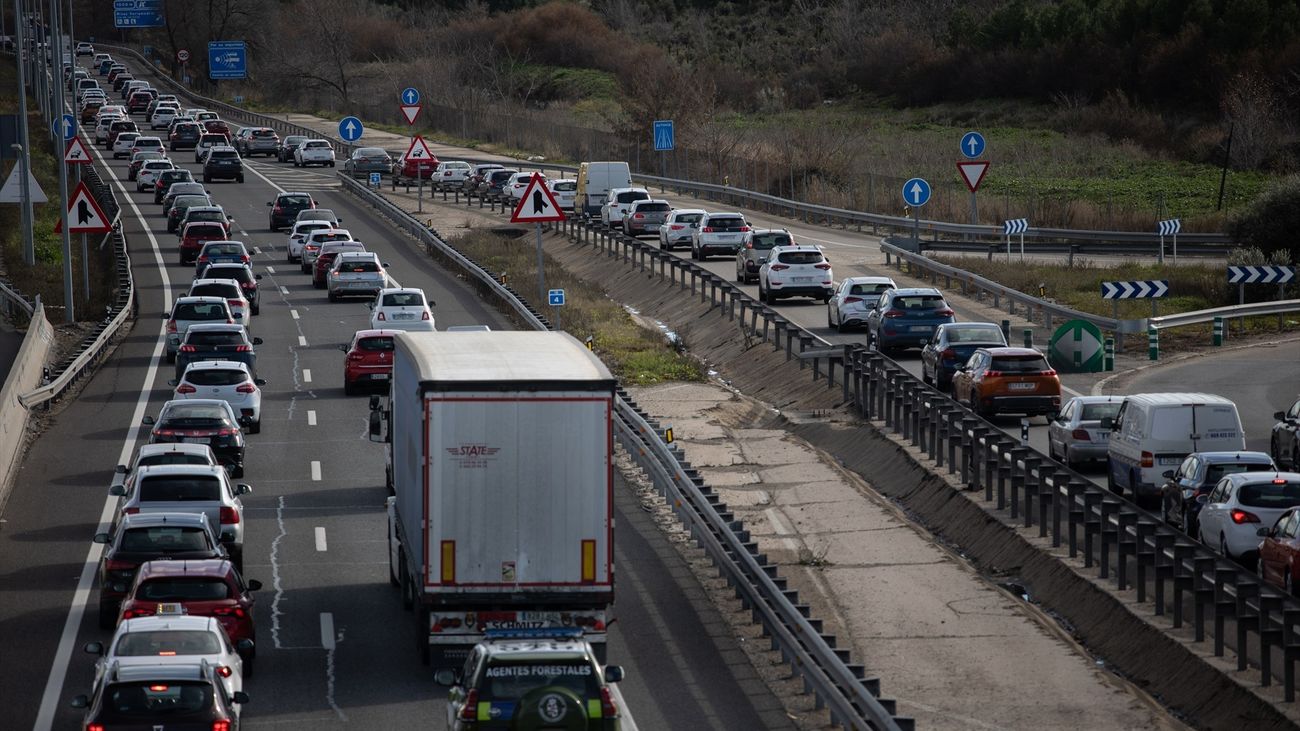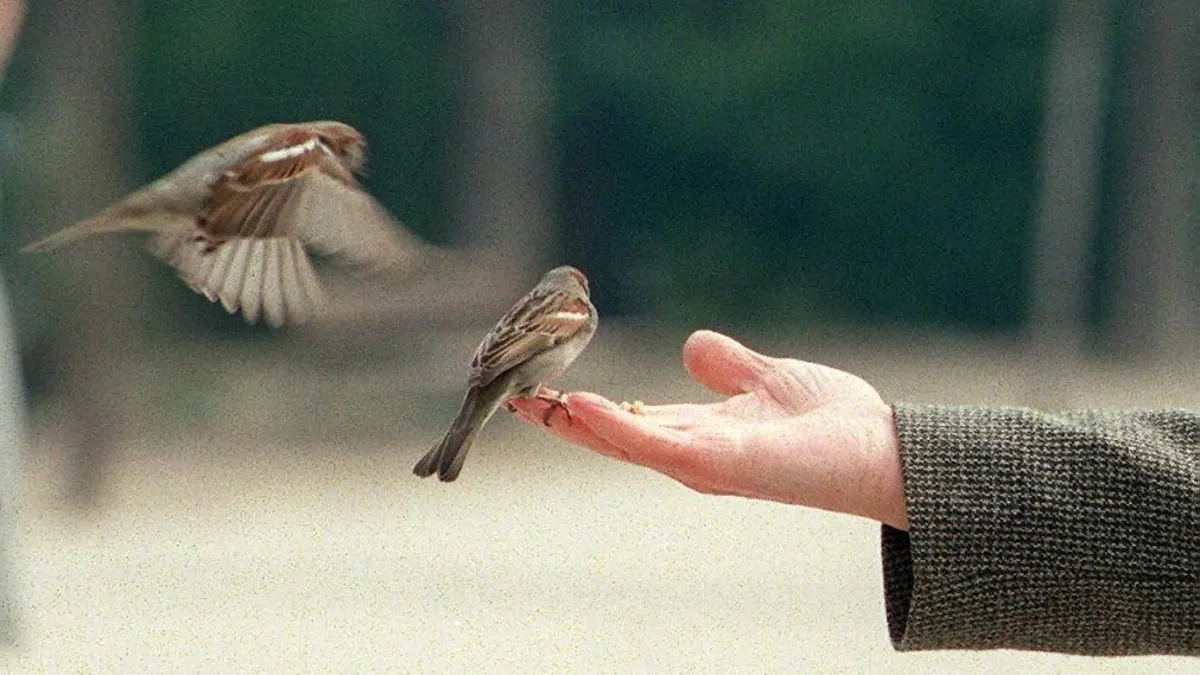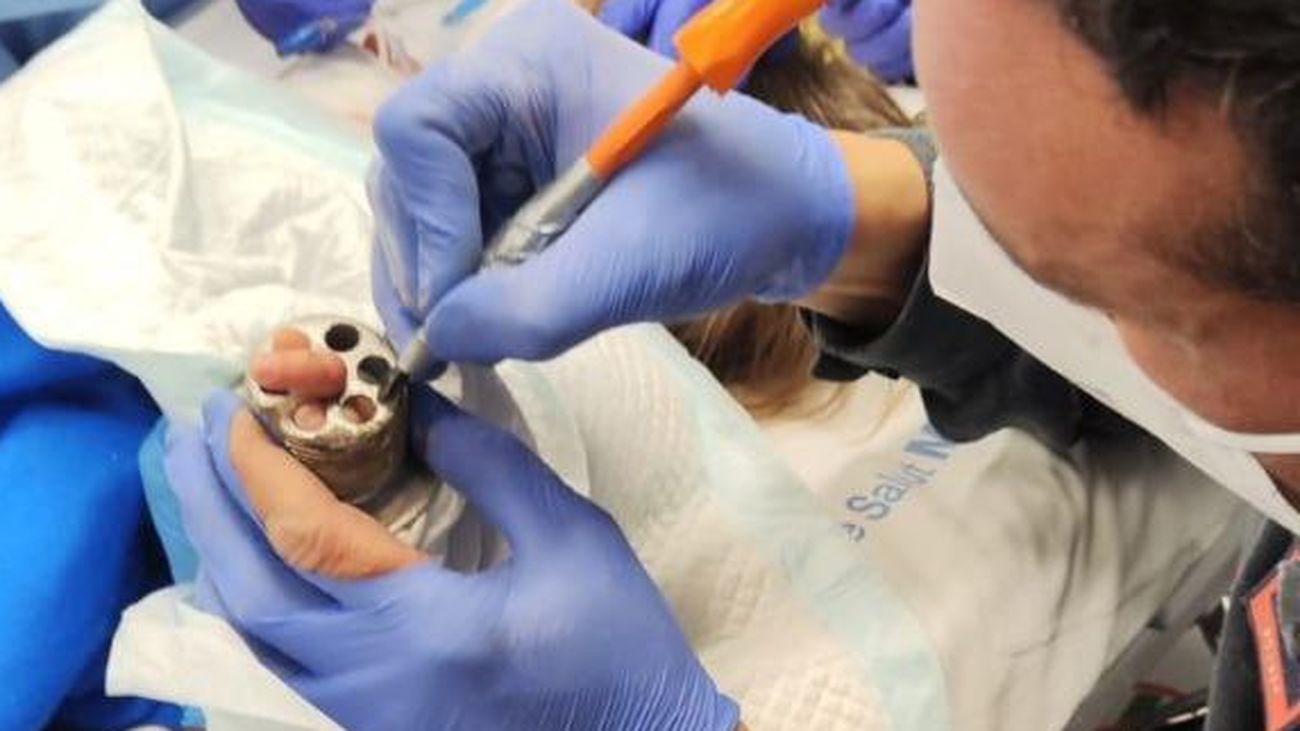Daule, the first canton of Ecuador, opens between hope and fear


Daule, one of the populations most affected by the coronavirus in the province of Guayas, has become this Tuesday the first canton of Ecuador to begin economic recovery after 55 days of national quarantine.
The third population with the highest number of cases of COVID-19 in Guayas, the "Ecuadorian Wuhan", Daule has changed from red to yellow in the "epidemiological traffic light" system, which has allowed its inhabitants to leave until 18:00 (in instead of 14.00) and open their businesses.
"This decision is magnificent and we have been asking for it for a long time. People have to become aware and go out on the street protected, keep their distance and take all precautions, so nothing bad will happen," Julio Méndez, owner of a shoe store in La Aurora, the closest Daule parish to Guayaquil.
A HEARING DECISION
The decision was made a week ago by the cantonal Emergency Operations Committee (COE) and was widely accepted by the inhabitants of this peasant area of Ecuador, who asked the authorities to reopen their small businesses to survive.
This after an absolute closure of almost two months that has caused incalculable losses.
Mendez, who has lost income of about $ 2,000, already sees himself working twice as hard to cover debts and try to get ahead.
Like him, millions of workers in Ecuador, particularly the informal ones (60% of the workforce), are asking to reactivate the economy, although the vast majority of mayors are now opting for caution.
The businesses in Daule, curiously the least expected of this decision, opened very early and between 8:00 and 12:00 the city seemed to live a normal day.
LESS CURRENT HOURS
"We are following all the protocols that the mayor indicated," said Armando Pico, a restaurant manager, while painting yellow circles on the outside of his premises to signal the security distance to customers.
"People have returned, although to a lesser extent because there is still fear. They say they already missed our food," said the restaurateur, who suffered an 80% drop in sales in recent weeks. The remaining 20% came from an impromptu home service.
The yellow traffic light, which until now only one more canton in Ecuador has passed, out of a total of 221, implies the authorization of certain public and commercial activities and a reduction in the curfew.
Inter-parish transport - which is not inter-cantonal - can also operate with 30% of the passage and, with an equal percentage, restaurants.
But still, in Daule today there were those who decided to keep their businesses closed.
"We want to see how people behave, we are still a little scared and the flow of people between cantons is not the same as before because the others are closed," said Celia Tomalá, owner of a clothing store.
TWO THIRDS OF CONTAGIOUS CASES
Daule, the "rice capital" of Ecuador, borders to the south with Guayaquil and Samborondón, the other two cities in the province that registered the highest number of coronavirus cases.
Between the three they accumulate more than two thirds of the national cases of contagion, to date, 30,419 and 2,327 deaths.
A harsh reality that, according to its mayor, Wilson Cañizares, is already being overcome.
He explained to Efe that, as soon as the government announced the traffic light system, it began working on the reopening project.
"We started to increase health coverage. We gave the Ministry of Health a little-used municipal center. Two mobile clinics that we bought last year came, we opened a 40-bed hostel - 20 with an oxygen tank - and we acquired 5,000 rapid tests for COVID -19 ", he added.
A doctor by profession, Cañizares used 1,600 of the tests for a representative study on the spread of the virus: "I put myself in front of a team of doctors and we went out to take the samples."
35% OF THE CITY WITH VIRUSES
The sampling results indicate that 35% of the population "already had the virus and is cured", although official figures only registered 573 confirmed cases in a population of about 130,000 inhabitants.
The contagion curve, assures the mayor, has stabilized and the deaths "have dropped significantly": "Between the end of March and the first week of April we had between 35 and 40 deaths per day. But at the moment there are hardly one, two, three or four deaths a day, almost as there were before the pandemic, "he said.
And he assures that in these conditions there is no reason to remain locked up, defending the thesis that "the virus is still with us and we have to learn to live with it."
CIRCULATION CHAOS
The yellow light also allows you to drive twice a week, instead of once.
This change has generated great confusion today because in Guayaquil and Samborondón license plates ending in 3 and 4 circulated, while in Daule those of 4, 5 and 6, which caused a wave of sanctions for disoriented drivers.
The police controls also generated queues of more than half an hour of waiting.
And despite all the drawbacks, Cañizares explains that his municipality cannot depend on the decisions made by his neighbors, and that hers responds to an internal need to generate income.
"There is a large sector that needs to eat and that needs to consume. There are many people from the rural area that need to travel to the cantonal capital to buy materials and work. We needed to open."
To his critics he replies that "time will prove us right or not", "it will tell us whether we did it right or wrong", but as a doctor, he believes it is "time to get out because we still have to face the virus".









